Qualitative Observation
Qualitative observation is a scientific process of gathering information about the characteristics or qualities of an object or phenomenon. This type of observation does not involve numerical data, but rather focuses on the qualities, properties, and descriptions of the subject being observed.
Examples of Qualitative Observations:
- The flower has bright red petals.
- The liquid is transparent and has a strong odor.
- The rock feels rough and has irregular edges.
- The bird's feathers are a combination of blue and green.
Study Guide:
To effectively understand and practice qualitative observation, consider the following study guide:
- Observe with Detail: Pay close attention to the specific details and characteristics of the object or phenomenon being observed. Note down colors, textures, shapes, sizes, and any other relevant qualities.
- Use Descriptive Language: When recording qualitative observations, use descriptive language to accurately convey the qualities being observed. Avoid using numerical data or measurements.
- Practice Regularly: Regular practice of qualitative observation will improve your skills in noticing and describing the qualitative attributes of different objects and phenomena.
- Compare and Contrast: Compare the qualitative observations of similar objects or phenomena to identify similarities and differences in their qualities.
- Apply in Science Experiments: Utilize qualitative observation in various science experiments to gather descriptive data about the subjects under investigation.
By mastering the art of qualitative observation, you can enhance your ability to describe and understand the world around you in a more detailed and nuanced manner.
.◂Science Worksheets and Study Guides Second Grade. Water Habitats
Study Guide Water Habitats
Water Habitats  Activity Lesson
Activity Lesson Water Habitats
Water Habitats  Worksheet/Answer key
Worksheet/Answer key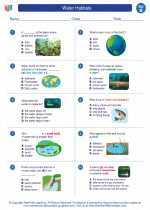 Water Habitats
Water Habitats  Worksheet/Answer key
Worksheet/Answer key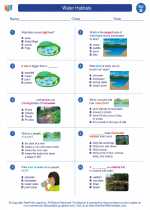 Water Habitats
Water Habitats  Worksheet/Answer key
Worksheet/Answer key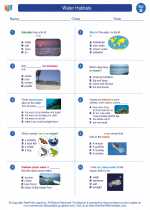 Water Habitats
Water Habitats  Worksheet/Answer key
Worksheet/Answer key Water Habitats
Water Habitats  Vocabulary/Answer key
Vocabulary/Answer key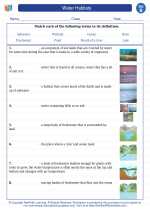 Water Habitats
Water Habitats  Vocabulary/Answer key
Vocabulary/Answer key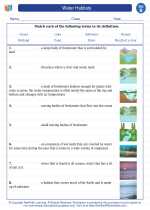 Water Habitats
Water Habitats 

 Activity Lesson
Activity Lesson
 Worksheet/Answer key
Worksheet/Answer key
 Worksheet/Answer key
Worksheet/Answer key
 Worksheet/Answer key
Worksheet/Answer key
 Worksheet/Answer key
Worksheet/Answer key
 Vocabulary/Answer key
Vocabulary/Answer key
 Vocabulary/Answer key
Vocabulary/Answer key

The resources above cover the following skills:
LIFE SCIENCE (NGSS)
Biological Evolution: Unity and Diversity
Students who demonstrate understanding can:
Make observations of plants and animals to compare the diversity of life in different habitats[Clarification Statement: Emphasis is on the diversity of living things in each of a variety of different habitats.] [Assessment Boundary: Assessment does not include specific animal and plant names in specific habitats.]